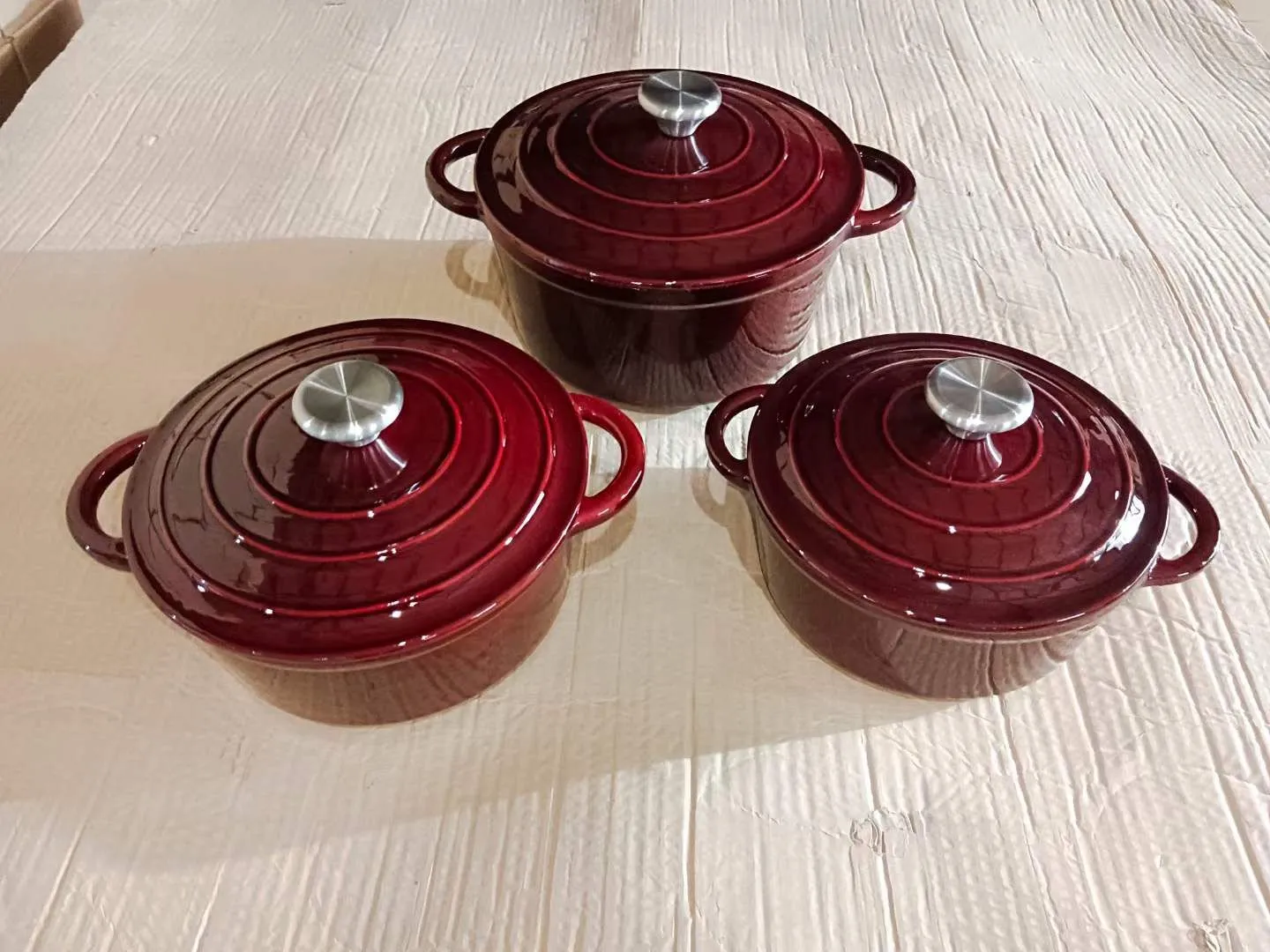
frying wok
The Art of Frying Wok A Culinary Journey
Frying woks represent more than just a cooking tool; they embody a culinary tradition that spans centuries, blending flavors and techniques from various cultures. As a versatile vessel, the wok excels at high-heat cooking, making it an indispensable item in many kitchens around the world, especially in Asian cuisine. This article will take you on a journey through the fascinating world of frying with a wok, exploring its origins, uses, and tips for mastering the technique.
Origins and Evolution
The wok's history can be traced back to ancient China, where it was initially used for boiling, stewing, and frying. The design of the wok—a rounded bottom and high sides—facilitates efficient heat distribution and allows for versatile cooking methods. Its ability to conduct heat quickly makes it ideal for stir-frying, which has become a cornerstone of Eastern cooking. Over time, the wok underwent various adaptations, leading to the introduction of materials such as cast iron, carbon steel, and non-stick surfaces.
The Versatility of Woks
One of the defining characteristics of a frying wok is its versatility
. Whether you're sautéing vegetables, searing meat, or making sauces, the wok can handle it all. The high sides of the wok allow for tossing ingredients without spilling, making it easier to create beautiful, well-cooked dishes. The ability to control heat levels means you can achieve that perfect char on your ingredients while retaining their natural flavors and nutrients.In addition to traditional stir-frying, woks can be used for deep-frying, steaming, and even baking. They can quickly transform food from raw to cooked, thanks to the high temperatures achievable with a well-seasoned wok. This adaptability makes it a favorite among both home cooks and professional chefs.
frying wok

Techniques for Mastering Frying Wok
To truly harness the power of a frying wok, certain techniques are essential. First, proper seasoning of the wok is crucial. A well-seasoned wok not only prevents sticking but also enhances the flavor of your dishes. To season a carbon steel wok, heat it over high heat, add a small amount of oil, and wipe it with a paper towel. Repeat this process a few times to create a natural non-stick surface.
Next, mastering the art of stir-frying involves a few key elements preparation, heat control, and timing. Preparing all ingredients before cooking is vital, as stir-frying happens quickly. Cut vegetables and proteins into uniform pieces for even cooking.
Heat is another critical factor; a hot wok allows for searing and quick cooking, essential for flavor development. Finally, timing is everything. Add ingredients according to their cooking times—starting with those that take longer and finishing with quick-cooking items like leafy greens—ensuring everything is perfectly cooked.
Conclusion
The frying wok is a culinary powerhouse, offering endless possibilities for creative cooking. Its rich history and adaptability make it an essential tool for those looking to explore the flavors of Asian cuisine or simply enhance their cooking skills. Whether you're a novice or a seasoned chef, embracing the art of wok frying can lead to delicious, wholesome meals and a deeper appreciation for the culinary arts. So, next time you consider your cooking methods, don't overlook the humble frying wok; it may just be the key to unlocking a world of flavor!
-
Season Cast Iron Perfectly with GPT-4 Turbo TipsNewsAug.01,2025
-
High Quality Cast Iron Cookware - Baixiang County Zhongda MachineryNewsAug.01,2025
-
Premium Cast Iron Pan: Durable & Perfect HeatNewsAug.01,2025
-
High Quality Kitchen Durable Black Round Cast Iron Cookware Pancake Crepe Pan-Baixiang County Zhongda Machinery Manufacturing Co., Ltd.NewsAug.01,2025
-
Cast Iron Cookware - Baixiang County Zhongda Machinery | Nonstick, Heat ResistanceNewsAug.01,2025
-
High Quality Kitchen Durable Black Round Cast Iron Cookware - Baixiang County Zhongda Machinery | Non-Stick, Heat Retention, DurableNewsJul.31,2025


